Ancient Food & Flavor
Unwrap prehistoric leftovers to learn about what ancient communities were growing, eating, and drinking.
Lower Level
Included with Museum Admission
On view through Oct. 6, 2024
Buy Tickets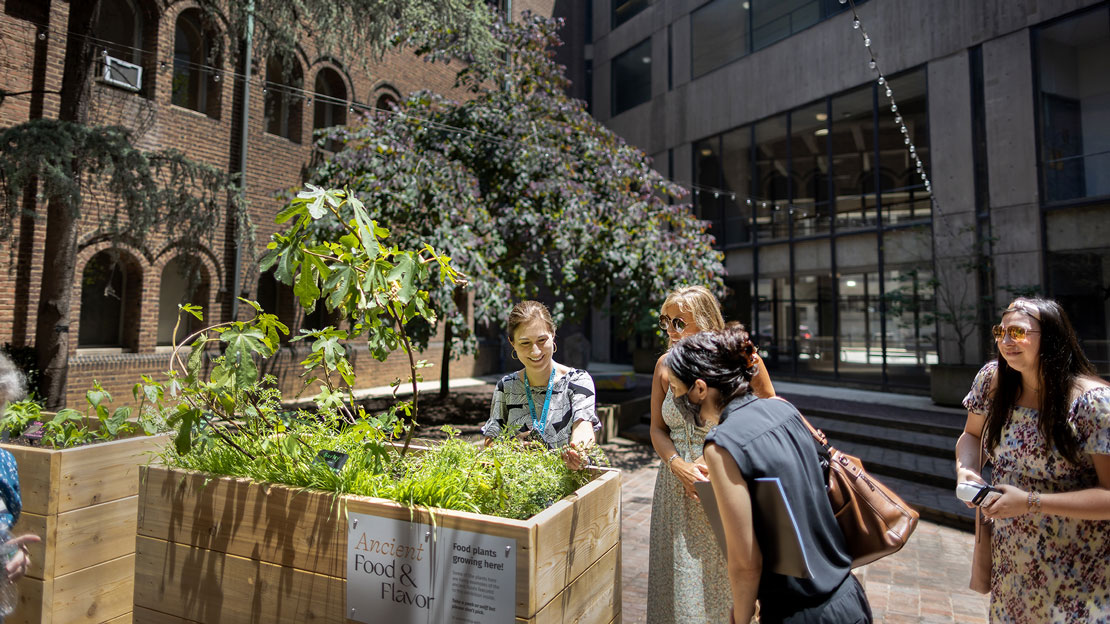
Unwrap prehistoric leftovers to learn about what ancient communities were growing, eating, and drinking.
Lower Level
Included with Museum Admission

If we are what we eat, who were we?
What can burned seeds, dried meats, or waterlogged fruits, remarkably preserved for thousands of years, tell us about the past?
Food remains are tiny treasure troves of data that reveal information about people’s decisions, diets, activities, and traditions. Archaeologists study these ancient remains to reconstruct the landscapes that produced them, revealing untold histories and forging connections to the past.
Find out what archaeologists have learned about what ancient people were growing, eating, and drinking, based on evidence left behind at three sites.
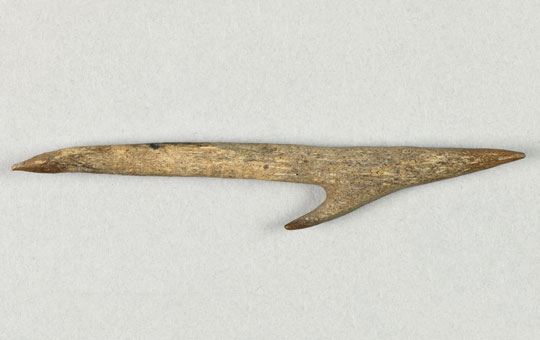


Waterlogged houses and surfaces at this 6,000-year-old site in present-day Switzerland revealed fishing tools, food remains, and more.
Prehistoric harpoon point from present-day Switzerland. 65-25-79
This 4,500-year-old community in present-day Jordan contained carbonized plant material that suggests wine production and grain storage.
A Bronze-age bowl from a site in present-day Jordan. 2007-10-9
The desert landscape of this 1,800-year-old city in present-day Peru preserved corn, potatoes, cloth, basketry, and wood.
Potatoes from the site of Pachacamac, present-day Peru. 31187
We want to hear from you. Share your favorite food––a meal, recipe, ingredient or vegetable garden! Send us a photo or video with a short caption, and it could appear in the exhibition! Two ways to share:
Post it on social media using #TimelessFlavor and tag @pennmuseum. Not on social? Email it to
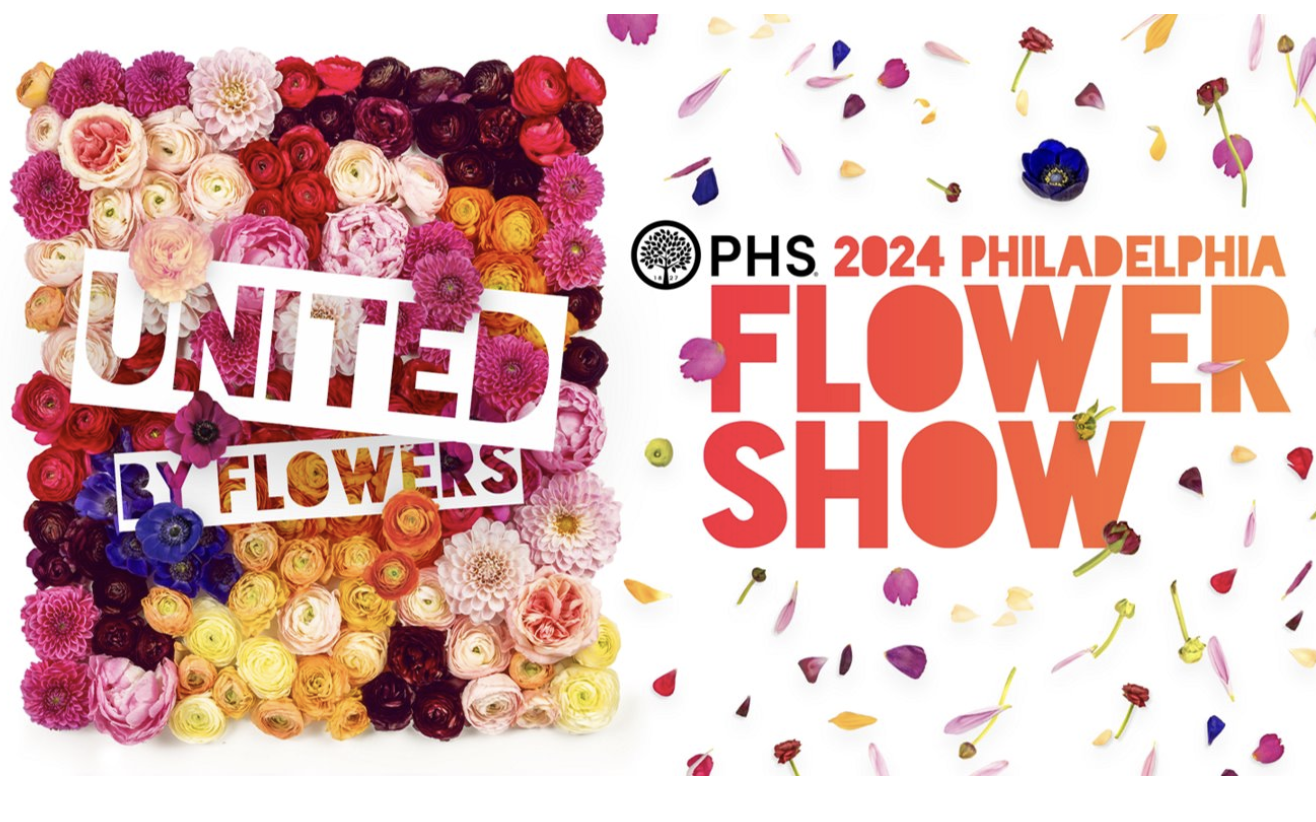
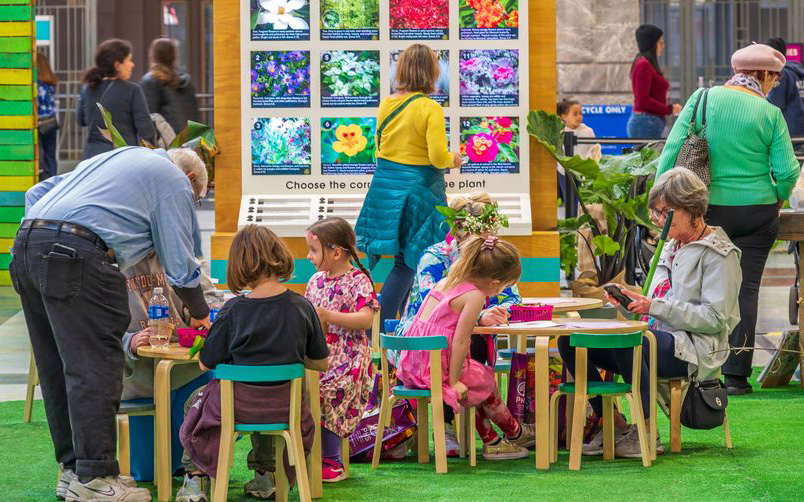
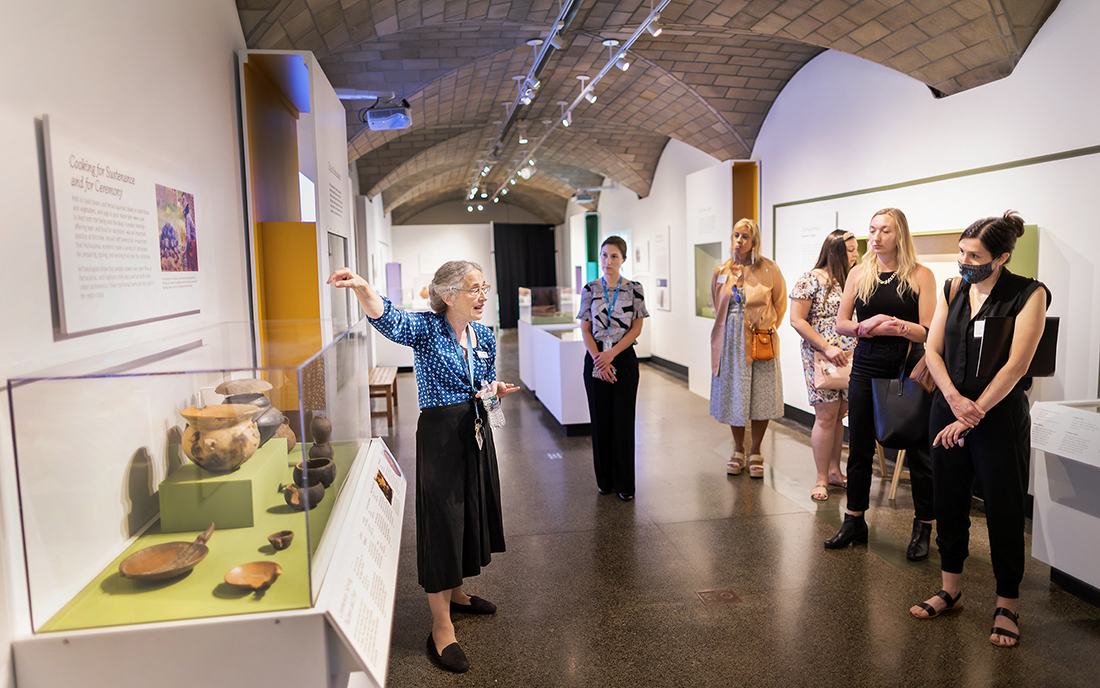
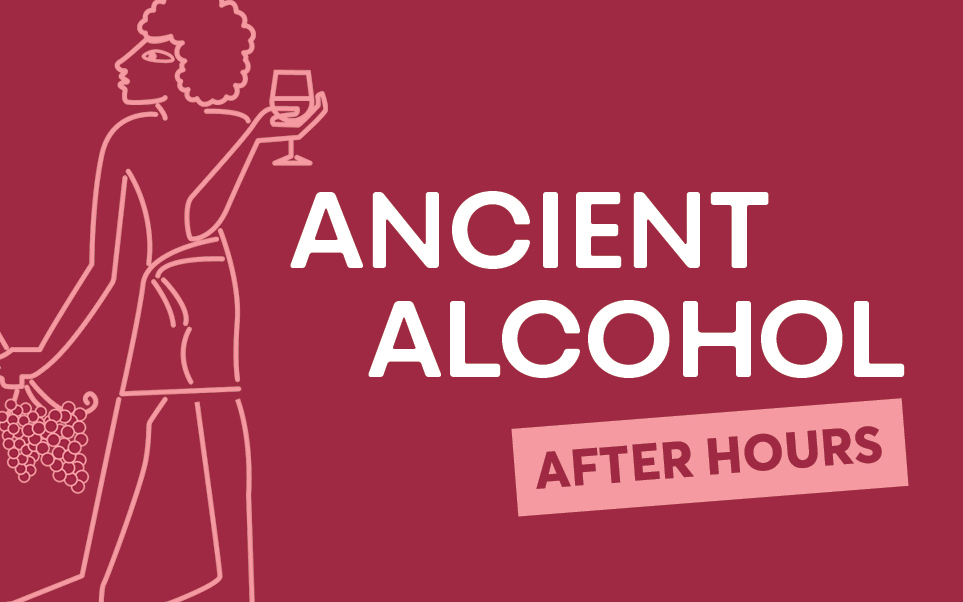
March 2–10:We were at the Pennsylvania Convention Center with an interactive preview of Ancient Food & Flavor, including a microscope for a closer look at seeds and foods from various time periods. Penn Museum educators were available to share wondrous stories about some of the world’s oldest leftovers!
Saturday, March 2 10:30 am–12:30 pm; 4:30–7:00 pm
Plants and pots have been around for centuries in cultures around the world. Make artwork with pressed flowers, weave with plant material, plus sculpt and decorate a pot inspired by world wonders in the Penn Museum collection to take home.
Monday, March 4, 6-7 pm
Meet Dr. Katherine Moore, anthropology professor and co-curator of Ancient Food and Flavor, and hear how the research into ancient plant and animal remains from archaeological sites tells us about the kitchens and gardens from the past. Case examples will range from a village in Switzerland 6,000 years ago to the kitchen quarters of an historic house in South Carolina.
Saturday, March 9, 8:30 pm–11:30 pm
Ever wonder how our ancestors turned humble grapes into wine? Our popular Ancient Alcohol After Hours is popping up at Flowers After Hours with an immersive (and boozy) grape-pressing experience led by archaeobotanist Dr. Chantel White.
Your Food Story
Storytelling through the Photography of Community Landscapes
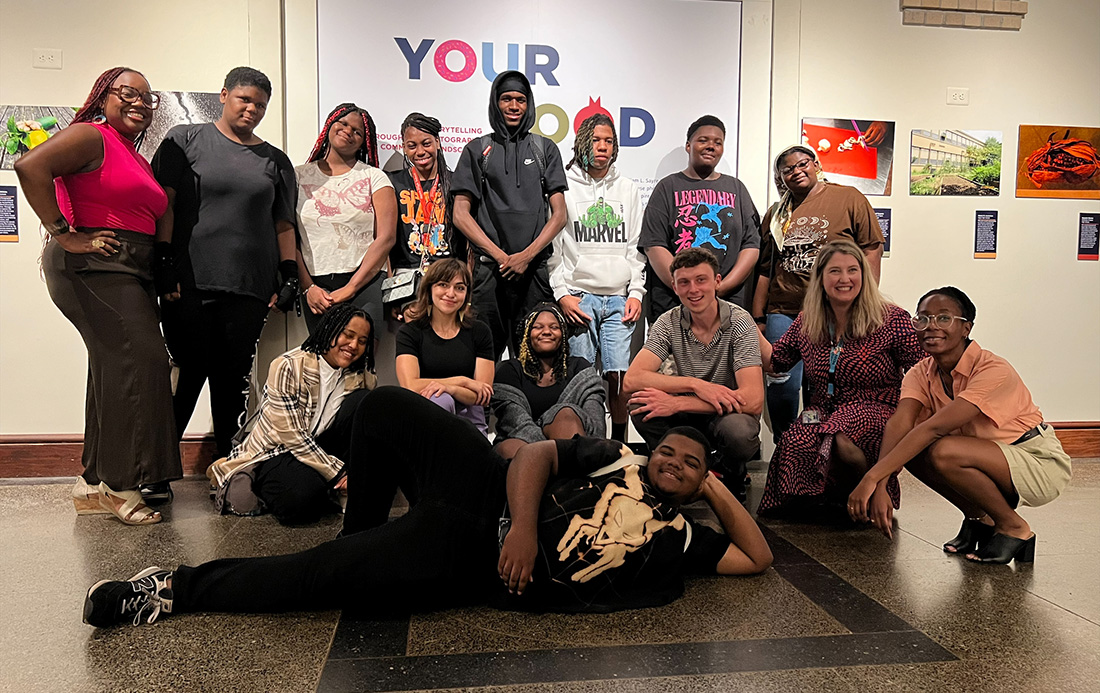
In collaboration with the Netter Center’s Community Partnership program Agatston Urban Nutrition Initiative (AUNI), Your Food Story introduces Sayre High School students to nutrition, urban gardening, and food heritage through Museum research and educational initiatives connected to Ancient Food & Flavor. An opportunity to lift youth voices in museum exhibitions and cultivate career pathways for young people in the arts and sciences, this six-week pilot program begins with student workshops culminating in pop-up tours and a photography display. Funded by a community partnership grant from the Sachs Program For Arts Innovation.
Students from Sayre High School interpreted parts of Ancient Food & Flavor as pop-up tours during the Museum’s Garden Jams program on July 26, 2023.
This program concludes with a pop-up student photography display, allowing students to highlight their own food stories from their families and local communities. Now on view in the Ancient Food & Flavor exhibition.